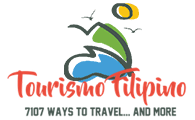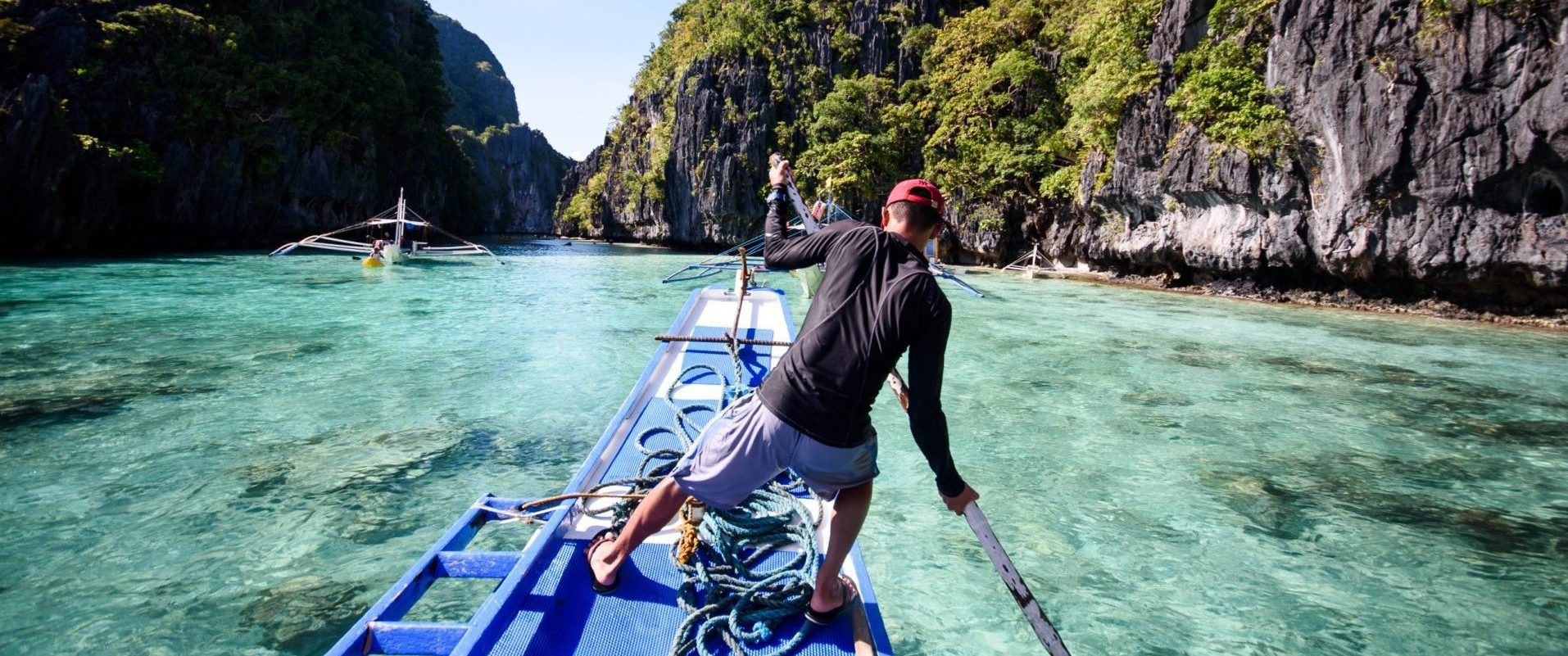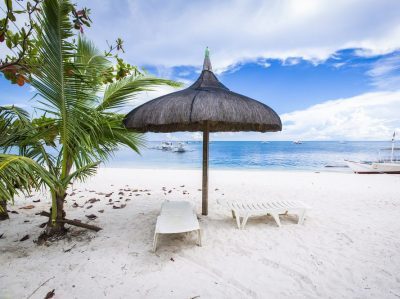
The comprehensive guide to Malapascua Island
Cebu is considered one of the largest provinces in the Philippines and is surrounded by stunning islands. One of the hidden gems in the south of Cebu is Malapascua Island. The island got its name from less pleasant circumstances (the translation of Malapascua is “Bad Christmas”) because Spanish conquerors anchored on the island during Christmas in the 16th century.
However, the last thing you can say about Malapascua is that it is sad and gloomy. The island features landscapes that would bring tears to the eyes of artists, but its real attraction is the beaches that seem to stretch endlessly with beautiful white sand and turquoise waters.
If you are planning a vacation in the Philippines, Malapascua is one of the best choices for a beach holiday. It has all the elements you would expect from a perfect natural site, except for places like Palawan or Boracay, but with fewer people and comfortable prices for stays in luxurious resorts.
How to Get to Malapascua
By Air:
The most convenient way to get to Malapascua if you are coming from outside of Cebu is to fly (from Manila to Cebu/Mactan). Flights from Manila take approximately an hour and a half, and prices vary depending on the season (the summer months of March to May are especially busy, with higher prices than during the low season).
From the airport, you can arrange for a transfer to your hotel. Alternatively, you can take a taxi (approximately 4,800-5,500 pesos) or a bus (120-200 pesos) to Maya. From Maya, you can take a private or public boat, which costs 1,500 pesos and 80 pesos, respectively, to reach Malapascua.
The total travel time is between 3 to 5.5 hours, depending on the mode of transportation you choose. Taxis will get you there much faster but are more expensive, so consider this when planning your trip. If you’re a large group of friends or family, you can share the cost of a taxi.
If you are traveling with us, transportation is arranged by us, and you don't need to worry about any transfers to the island.
Transportation in the Area
Malapascua is a small island, so small that you can actually walk from one end to the other within a few hours. However, if you wish to hop to neighboring islands or explore its surroundings, you can take a tricycle or a local boat known as “bangka.”
The best time to visit the area is in normal weather.
Except for extreme weather conditions, you can visit Malapascua all year round. March, April, and May are the busiest months (summer), but considering that it’s not as popular a destination as Palawan and Boracay, there’s a chance of lighter crowds even at the peak of summer. The months of June to August draw fewer tourists to the area, and November and December start to get busier again. One of the best things about visiting places like Malapascua is that you can enjoy isolation and spend time on the beach or in various hidden corners scattered across the island.
The normal weather conditions on the island are somewhat tropical (hot and humid) throughout the year. Rainfall is more frequent and heavier in the months of May to June, but it won’t significantly affect your vacation.
Selected Attractions, Activities, and Restaurants
Diving – Malapascua is a top destination for diving enthusiasts, whether you’re a beginner or a seasoned pro. Here is a list of some of the best diving sites on the island and essential information about what to expect in each location.
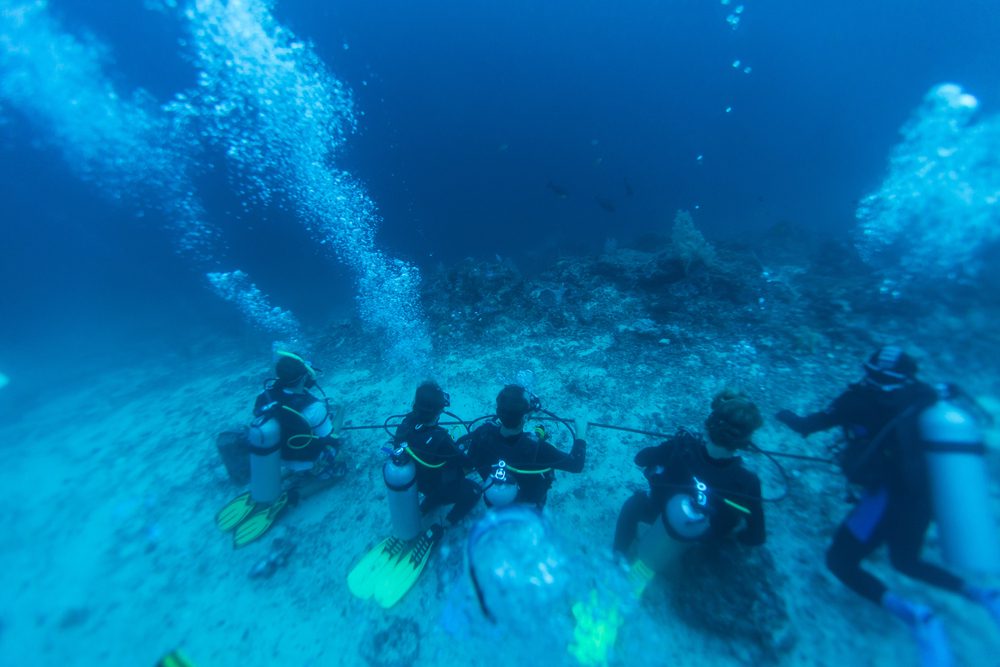
Monad Shoal – If you want to dive and have close encounters with the kings of the sea, this site is the perfect choice. Monad Shoal is a submerged island with sides that plunge into the sea to a depth of 230 meters. In this area, you can observe many thresher sharks, making it one of the best places in the world to see them. So, there’s an excellent chance you’ll encounter one or two of these magnificent creatures while diving. However, even if you don’t encounter a thresher shark, it’s still a fantastic experience since Monad forms a marvelous underwater ecosystem rich in plants and marine life. In recent months, there has been an increased likelihood of seeing them during the early morning and late afternoon hours, though it cannot be guaranteed.
Gato Island – While people come to Malapascua with hopes of seeing thresher sharks up close, in the end, they often remember Gato Island. This marine reserve is home to some of the most fascinating marine life in the world, including sea snakes, mating cuttlefish, frogfish (anglerfish), sea kraits, nudibranchs, mantis shrimp, seahorses, and long-arm octopuses. You can also find nurse sharks (a type of shark), bamboo sharks, especially if you choose to dive in the very early morning hours just before sunrise.
Calanggaman Island – This site is named after its resident, the long-arm octopus, which can be found under massive boulders. Long-arm octopuses can grow to significant sizes, up to 2 meters in length. This diving spot is rich in long-arm octopuses, and you can see more than one without regard to the season of the year you choose to visit and dive here.
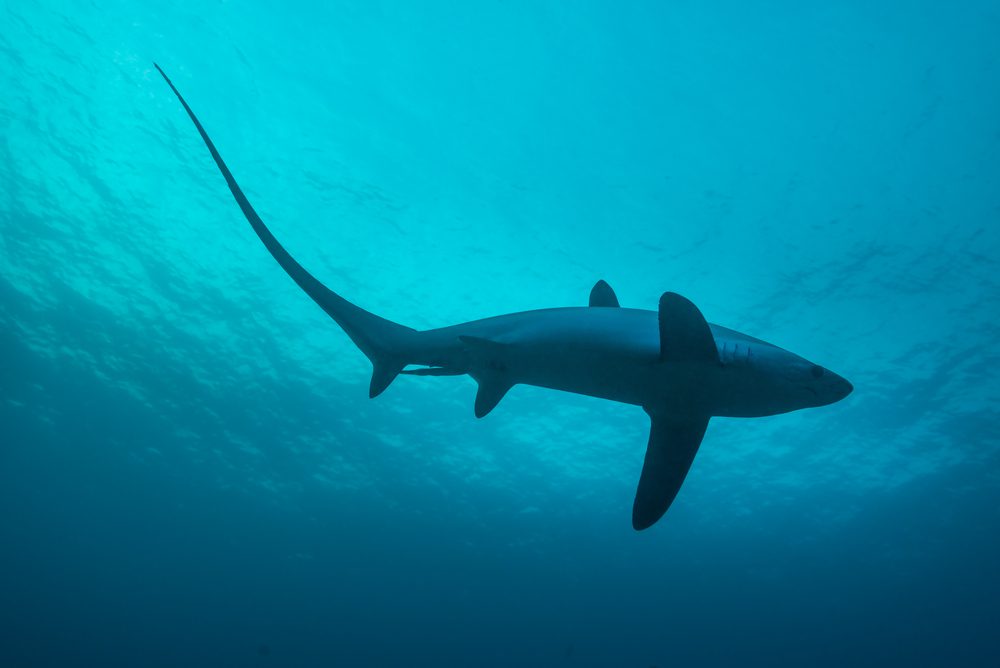
The Sentry – At a depth of 24 meters beneath the sea, you may encounter a rare sea creature known as the Mandarin fish, which comes in vibrant yellow and pink colors. You can also find sea cucumbers, Japanese spider crabs, and colorful corals in an extraordinary display.
The Cave – Also known as “The Tunnel,” this site is located about 10 meters underwater and is home to various marine creatures that dwell in the subterranean cave. It’s also the habitat of thresher sharks, which experienced divers among us might catch a glimpse of with a bit of luck. You can spot lobsters, crabs of all sizes, as well as pufferfish and other colorful fish species.
The Megalor – For those fascinated by colorful and rare marine life, the Megalor, located 10 meters underwater, is the perfect dive site. It’s the residence of the Mandarin fish, considered one of the most beautiful fish in the world due to its psychedelic colors. Apart from being a rare and elusive fish, you can almost certainly see it when diving in the dark. Divers (especially those with experience) usually don’t go diving late in the day, but if you take a chance and dive in the late afternoon, you may witness these fascinating creatures as they perform their colorful mating dance. The mating season typically occurs during a full moon, and if you’re lucky enough to witness it, you’ll likely remember it forever.
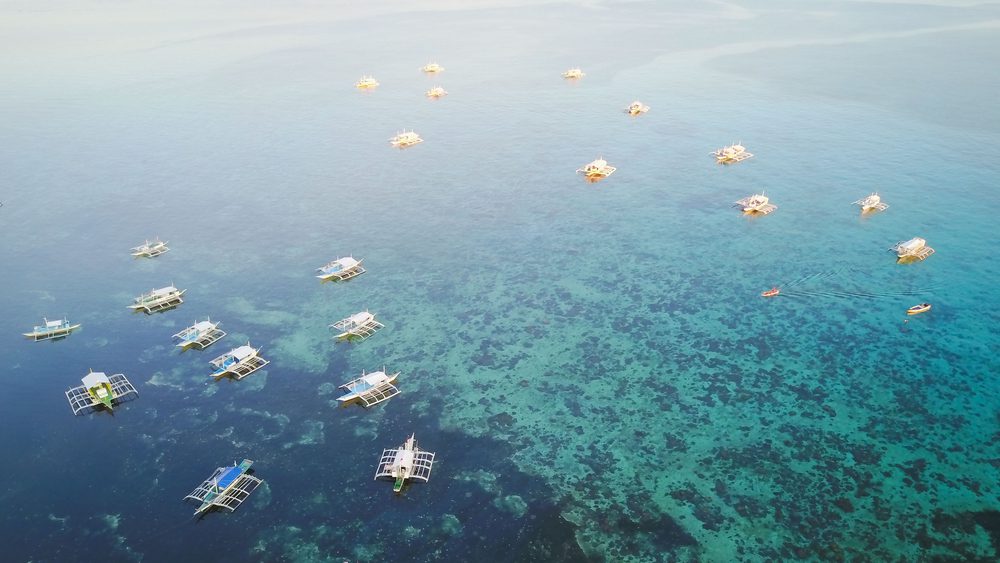
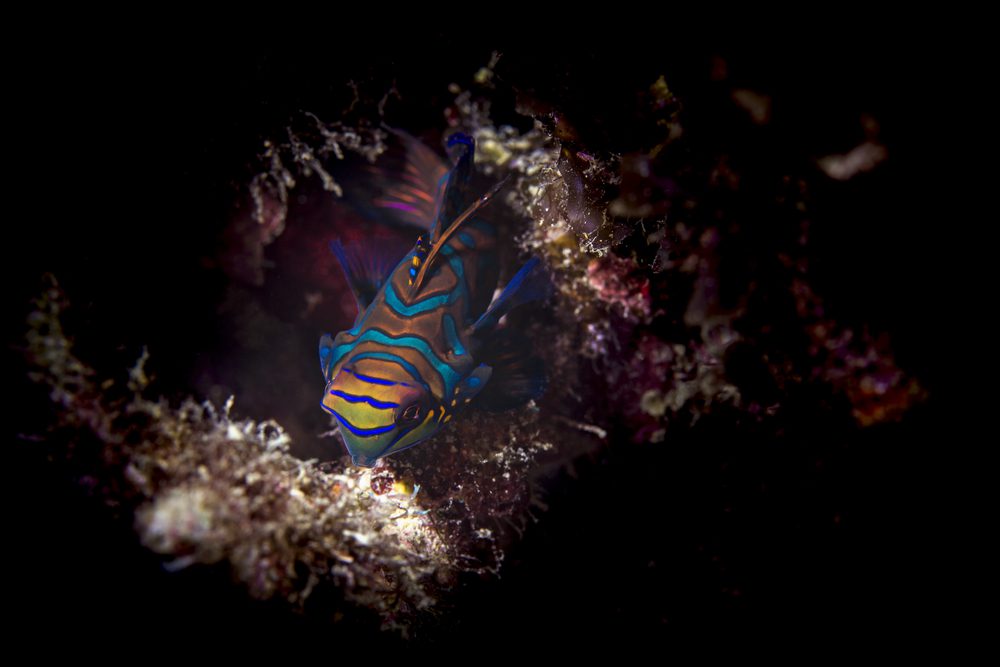
Here are some additional diving sites in Gato that you are welcome to try:
Cathedral
Nudibranch City
Lapus Lapus
North Point
North Wall
Chocolate Island
Bugtong Bato
Quilano
Deep Rock
Bantigi
Ka Osting
Kimud Shoal
Nunez Shoal
Calanggaman Island
Sambowan
Dakit Dakit
House Reef
The East Side
Sand Patch
Twins
Maria’s Point
Buhoc Point
Maripipi
Shore Diving
Wrecks
You can indulge your adventurous side and add one of the following tropical wreck sites to the list:
The Sentry – A very shallow dive (only 5 meters deep) and quite fast. This site is a Japanese plane from World War II that carried weapons for soldiers and now serves as a home for yellow-gold ribbon eels, leafy sea dragons, and more.
Donna Marilyn Site – About 20 years ago, this ferry sunk due to a strong typhoon. Nowadays, it’s a playground for lionfish and blue ribbon eels, as well as thresher sharks. There’s a lot to see both around and inside the intact ferry.
Tifluron Site – An unidentified Japanese shipwreck, one of those that didn’t survive World War II. Its cargo is covered and hidden in many secrets, making this site particularly interesting for history enthusiasts and divers. Despite more than a decade passing since the ship sank, it’s still easily recognizable as a shipwreck, and it provides shelter to various marine creatures, including thousands of batfish, scorpionfish, hermit crabs, and starfish. Some divers attempted to salvage the ship recently and found a few cannonballs and human bones. No additional salvage operation has been conducted so far.
Pioneers Site – Another Japanese tropical wreck, which is rumored to be either the Mogami Maru or the Oakita Maru. Regardless, it’s a breeding ground for batfish, sharks, barracudas, and triggerfish.
Diving with snorkels
Just like there’s more than one way to skin a cat, there are multiple ways to explore and enjoy Malapascua. Snorkeling provides a lighter and worry-free approach to exploring the island’s friendly waters. The best thing to do is to rent a boat that will take you to several snorkeling sites. A small boat can accommodate 3-4 people, so you can share the fun and expenses. Most snorkeling tours cost between 1200 to 1500 pesos, including snorkeling equipment for rent and even refreshments (mostly soda or mineral water). You can snorkel for 3 to 5 hours and simply enjoy everything the island has to offer.
Kayaking
For those who like to be a bit more active while discovering the beauty of Malapascua Island, kayaking should be on the list of recommended activities. Watching a breathtaking sunset while paddling in the open sea is an unforgettable experience.
Stand Up Paddle
In addition to the cardiovascular benefits of such activity, stand-up paddling (SUP) is also an excellent way to explore the size of the island. You can work on burning those extra calories while gazing at the horizon and the sea views.
Depending on where you stay in Malapascua, you can try the following activities:
- Beach BBQ (indulge in grilled meats like chicken, beef ribs, and pork on the beach).
- Kayak rentals (paddle around the island in a kayak while sipping your favorite cocktail or beer).
- Dinner by the fire (enjoy a delicious evening meal cooked over an open fire).
Recommended Restaurants and Dishes
Must-Try Dishes (Not for Kosher Observers)
Roast Pig (Lechon) – It’s impossible to visit Cebu or any province in the Philippines without trying the local version of the whole roasted pig, known as “Lechon.” The cooking process for this festive Filipino dish takes more than half a day, but it’s definitely worth the wait. Many stalls and restaurants in Malapascua and the surrounding areas offer Lechon on their menus.
Pork in Coconut Milk (Gata) – This dish is particularly creamy and beloved among the people of Cebu and Filipinos who don’t reside in Cebu. The dish, known as “Ginataang Baboy,” is usually cooked with chili, giving it a spicy kick and an extra layer of flavor and aroma.
Fresh Seafood – There are several seafood dishes to choose from when you stay in Malapascua, but one dish you shouldn’t miss is “Sweet and Sour Fish.” It’s typically prepared with parrotfish (lapu-lapu), but it depends on the available fish varieties. Sweet and Sour Fish is a delicacy enjoyed by both locals and foreign tourists. Make sure there are napkins on the table because eating this dish can be messy but well worth it.
Recommended Restaurants:

Oscar’s Restaurant – One of the newest additions to the dining scene in Malapascua, Oscar’s Restaurant has been making waves. Oscar’s offers a diverse menu that includes dishes familiar to many. The restaurant also offers Filipino dishes for locals who love familiar flavors and for foreigners who prefer to enrich themselves and venture beyond their gastronomic comfort zone. Fans of the restaurant praise it for its excellent selection, delicious dishes, and attentive service. The most popular items on the menu include the Sunday Roast Dinner and the English Breakfast. Foreign tourists, especially Americans, Brits, and Australians, also enjoy the place.
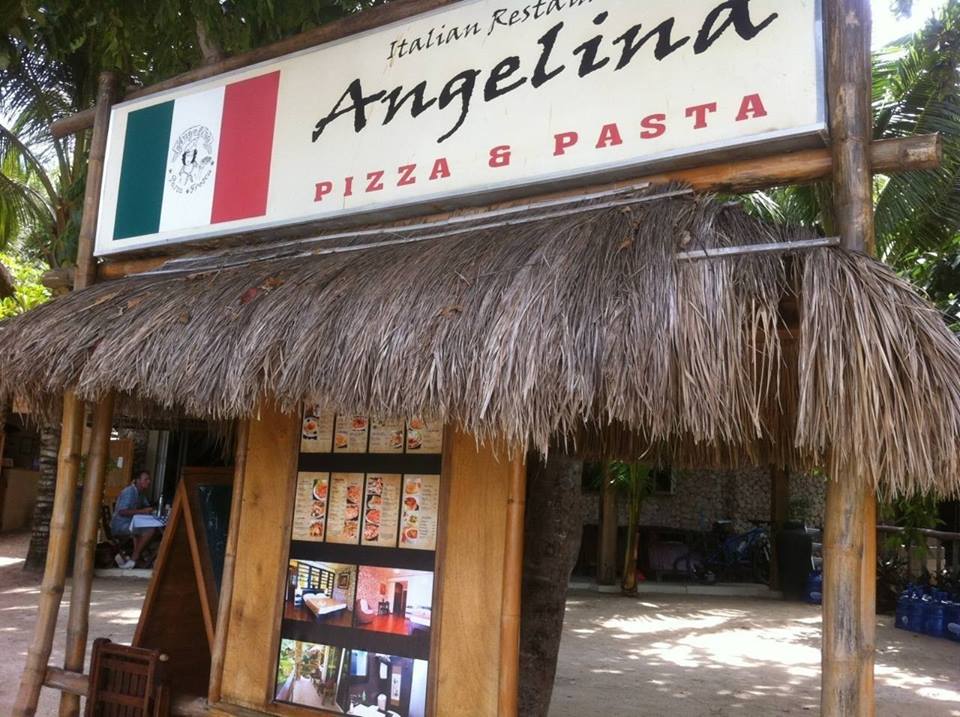
Angelina’s Italian Restaurant – As hinted by its name, this restaurant primarily offers Italian cuisine, and the menu truly reflects their expertise in this cuisine. It is one of the most popular restaurants in the area due to its excellent selection of dishes and outstanding service. The homemade pizza is always a hit, and the pasta dishes never disappoint. The portions are generous but not overly expensive, as you would expect from Italian restaurants in major cities.
Other recommended restaurants to check out:
Maldito’s
Ging-Ging’s
Isla Bonita
The Craic House
Places to stay:
While Malapascua lacks modern infrastructure, there are enough accommodations available for tourists looking to enjoy their vacation here. Hotel prices range from 300 pesos per person to 2500 pesos per room, depending on the room quality and the hotel.
Tepanee Resort – This is one of the more luxurious choices the island has to offer in terms of hotels. The rooms are equipped with air conditioning, comfortable beds with thick mattresses, and an outdoor jacuzzi. The hotel also has a spa for guests looking to pamper themselves during their vacation.
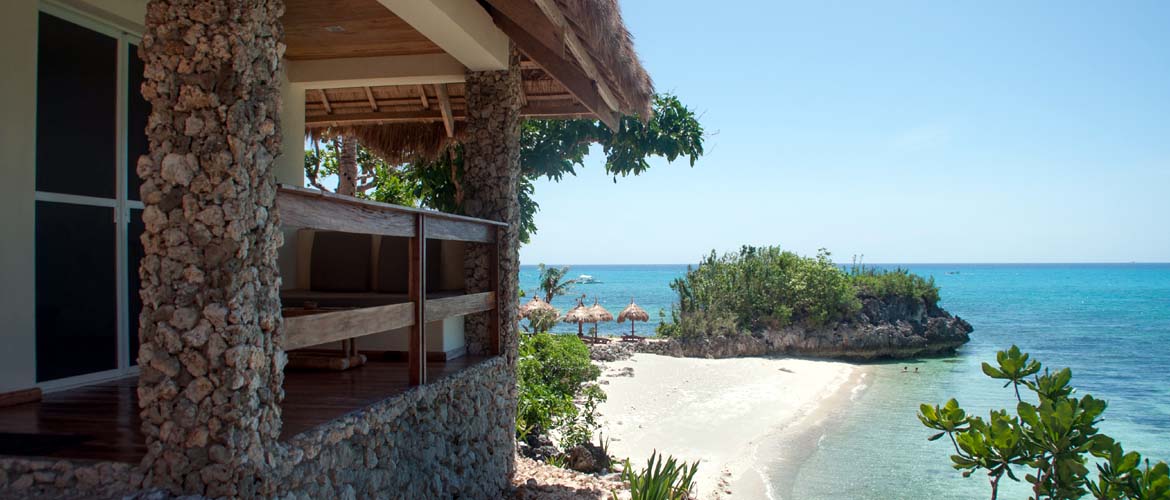
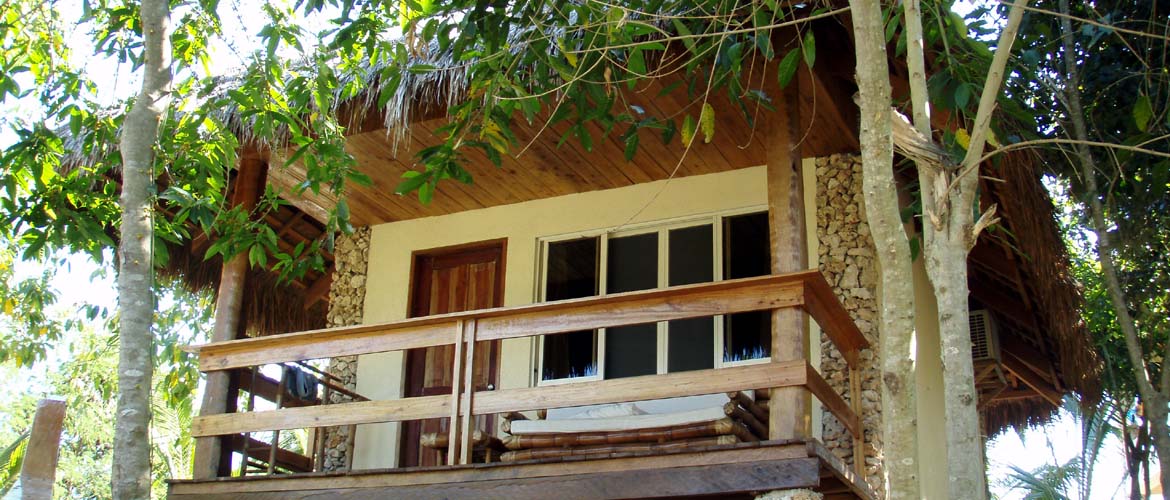
Slam’s Garden Resort – The hotel is located near Thresher Shark Divers. The rooms are quite spacious, air-conditioned, and equipped with showers with hot water.
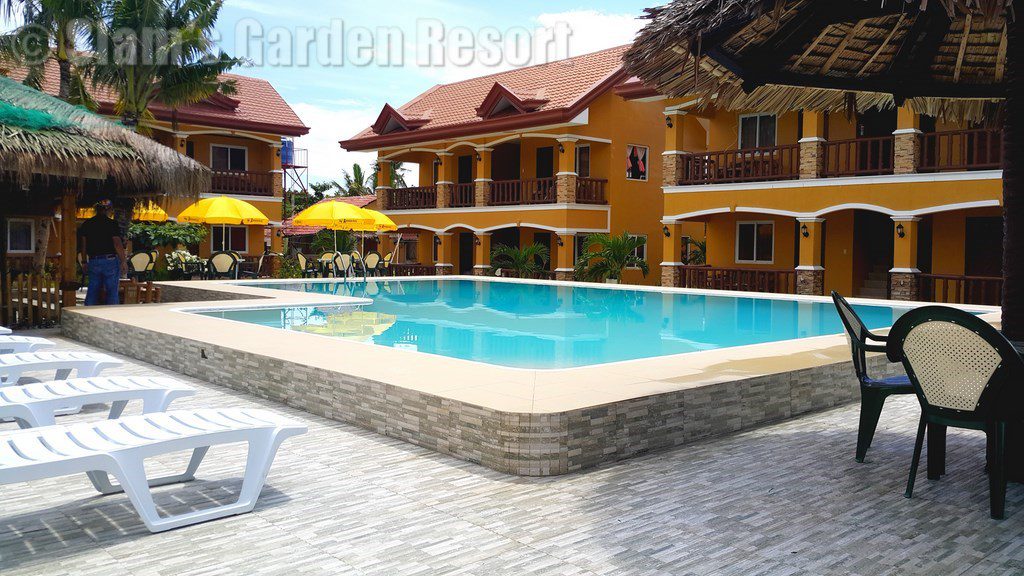
Malapascua Garden Resort – A relatively high-end hotel that includes suites and a large, well-maintained public area. The resort has two-story buildings, each with two studio units suitable for 2-3 adults with a child. The rooms are quite spacious, and the furniture is excellent.
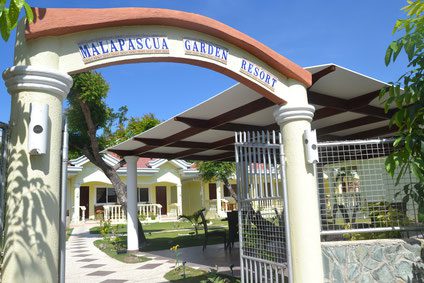
Malapascua Island offers travelers much more than the thrill of diving and observing rare marine life. It’s your home away from home, but with the additional bonus of tranquility and peace in a natural and serene environment that takes your breath away.
Here are some activities and tours you can try in Malapascua:
No tours match your criteria
Here are some recommended hotels in Malapascua:
No tours match your criteria

